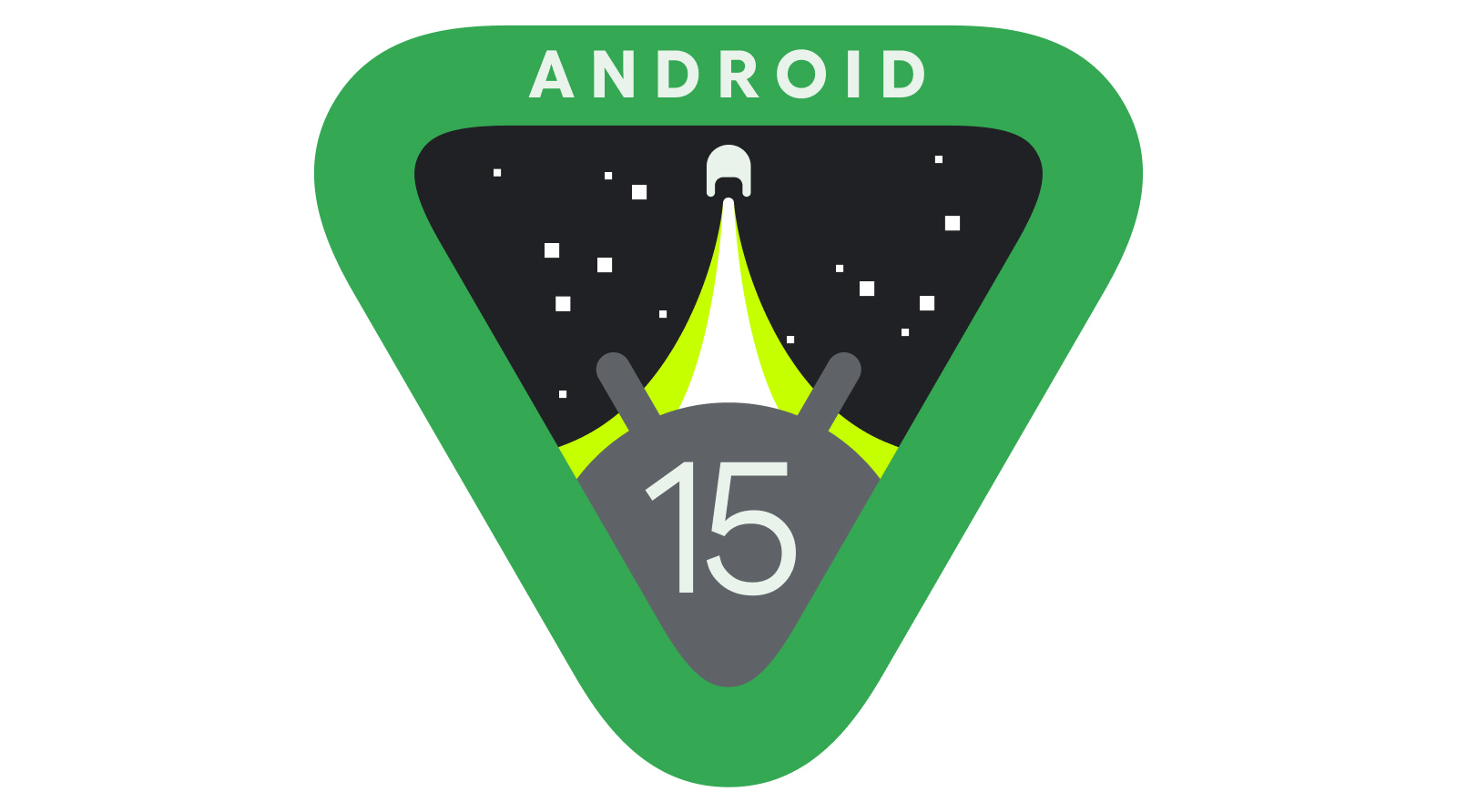Following months of developer previews and rumors, Google has officially introduced native satellite messaging support in the Android 15 beta, marking a major step forward in ensuring connectivity far beyond traditional cellular and Wi‑Fi networks. Positioned as the next evolution in mobile communication, this feature allows users to send and receive messages via satellite directly from the Google Messages app—even in areas without terrestrial coverage.
1. Android 15 Embraces Satellite Messaging
Android 15, the latest version of Google’s mobile OS, now features built-in satellite connectivity APIs, enabling support for both SMS/MMS and RCS messaging apps to utilize satellite links when offline In developer previews, Google introduced a UI signaling when “auto‑connected to satellite,” and system prompts appear to guide users like “Connect to satellite to send and receive messages”
These enhancements ensure users can stay connected—even without cell towers or Wi‑Fi—essentially bringing messaging coverage to remote terrains.
2. How It Works: Phone + Carrier + Satellite Network
The key to Android 15’s satellite messaging lies in coordinated layers:
- Supported Hardware & Software: Devices running Android 15 with required satellite‑capable radios or firmware can access the feature; Google says any such device could leverage satellite links once carriers enable it
- Google Messages Integration: Beta screenshots show the native Messages app detecting no network and prompting “Connect to satellite,” with satellite‑handled sending/receiving—likely starting with 1:1 text chats only
- Carrier Enablement: The feature requires carrier support—Google confirms that service must be activated at carrier level. T-Mobile is already trialing satellite services in partnership with Starlink While details are murky, AT&T and Verizon have hinted at exploring satellite links—Verizon even deploying satellite texting on Pixel 9 and Galaxy S25 series
Currently, users must rely on carriers to activate and potentially package the service—likely as a paid add‑on akin to early days of Apple’s satellite SOS service
3. Why It Matters
Extended Connectivity
Satellite messaging empowers basic texting anywhere under an open sky—be it wilderness, maritime voyages, remote cabins, farmland, or polar expeditions.
Emergency Preparedness
Role extends beyond emergencies: instead of relying solely on emergency-only systems like Satellite SOS, regular messaging becomes possible—still useful in crisis situations
Beyond iOS
While Apple introduced satellite SOS in 2022 and full messaging in iOS 18, Android’s broad ecosystem and global reach could accelerate widespread adoption.
4. Early Trials & Teardowns
Beta teardowns and carrier trials reveal compelling insight:
- Android Authority confirmed full satellite messaging support exists in Android 15, and emphasized that carriers are now the gatekeepers
- T‑Mobile/Starlink Beta: Reddit cited T-Mobile and Starlink collaboration entering beta testing, promising consumer use soon
- Google Messages Beta Leak: Strings such as “To send and receive, stay outside with a clear view of the sky,” “may take longer and can’t include photos & videos,” and “message with anyone” demonstrate intent for general, non‑emergency functionality Accompanying UI visuals confirm popups and menu placements for satellite control.
This shows Android’s readiness; now just awaiting carrier rollout.
5. Limitations & User Guidance
Users should be aware of current constraints:
- 1:1 Text Only: Group messaging, image/video support, and advanced media through RCS may not be compatible initially
- View of Sky Required: Satellite signal needs clear overhead visibility; signals penetrable through phone’s outer mechanisms, guided by in-app UX.
- Latency & Cost: Satellite links are slower and likely billable—carriers are likely developing subscription or per‑use models similar to those for emergency SOS
- Carrier & Device Eligibility: Users will need supported Android 15 devices and be on participating carrier plans.
Thus, while a powerful backup, it won’t replace cellular but complement it.
6. Market & Competitive Dynamics
Google enabling satellite via Android 15 creates major ripple effects:
- Carrier Differentiation: Carriers offering satellite messaging gain an edge—especially in rural, flood-prone, and emergency‑sensitive demographics.
- Global Adoption: Android’s reach ensures satellite texting viability is a long-term global shift—not just a premium US perk.
- Industry Ecosystem Builds: Integrated solutions may emerge, combining connectivity, location tracking, off-grid notifications, and IoT communication.
- Competition Spurs Innovation: Apple’s lead forced Android’s catch-up; Amazon’s Kuiper may eventually follow; satellite messaging could become mainstream.
7. What’s Next
Wider Carrier Rollouts
T-Mobile’s beta is only the start—expect public tests to expand later this year. Verizon, AT&T, and global carriers likely to roll out selectively too.
Carrier Packages & Pricing
Sat‑text could be sold as an add‑on (e.g., $5/month), pay‑per‑text, or bundled with premium plans—similar to Apple/SOS offers
Feature Expansion
Image/video support, group chat compatibility, app-level integration with satellite status, and hybrid connectivity are likely.
Android 16 & Beyond
Success may encourage Android 16 and subsequent versions to deepen satellite communication—perhaps enabling two-way satellite calling or data for IoT and rural broadband.
8. The Bigger Picture
Android 15 satellite messaging shards of a bigger transformation in global communication:
- Democratizing Lifelines: Satellite backup prevents isolation—helpful for remote communities, hikers, sailors, emergency responders, and disaster-stricken regions.
- Tech Evolution: Smartphones grow satellite native, reducing the need for specialty devices like Spot or Garmin inReach for basic messaging.
- Resilience in Crisis: Natural disasters, ecosystem collapses, conflict zones—satellite texting ensures communications when infrastructure fails.
- Platform Convergence: Smartphones integrating satellite, 5G, Wi‑Fi, mesh, and IoT networks will redefine connectivity expectations.
✅ Final Thoughts
Android 15’s native satellite messaging brings us to the next era of universal connectivity—empowering users to send texts anywhere from rugged mountains to uncharted seas. While initial support is limited to 1:1 text and dependent on carriers, the groundwork is laid: UI components are in place, Messages has the feature, hardware supports it, and trials are live.

